The world of Chilla’s Art’s Japanese horror is full of dread, with a slow build towards its terrifying climax that will often leave you disturbed.
Indie horror royalty, Chilla’s Art always constructs excellent horror games with unmatched atmospheres. Their style is incredibly unique, much like launching a Puppet Combo, rayll, Octavi Navarro, N4bA, or germfood title. A good narrative, dark mood, and creepy characters are a guarantee with every Chilla’s Art game, but what is the best they have to offer?
Whether you’re new to this developer or need a refresher on their games, let’s dive into our ranking of all Chilla’s Art games, from their weakest to their best.
Chilla’s Art: All games, ranked
23) The Night Way Home
Missing schoolmates and having to walk home at night: We know where this is heading. The Night Way Home is very different from every other Chilla’s Art game, both in its gameplay and style choices. The only game played through third-person perspective, The Night Way Home doesn’t have that signature look or feel Chilla’s Art normally does. It’s almost like The Night Way Home is missing its identity as it blurs into the seemingly endless indie horror games that use the same formula. The first encounter is sure to get your heart racing, but the fear quickly dissipates as you continuously flee from the abnormally tall ghost chasing you.
22) Hanako
Based on the Japanese urban legend of Hanako-san, a young girl who haunts bathroom stalls, Hanako punishes those looking for entertainment. Curiosity killed multiple cats with this one as our protagonist is peer-pressured into unleashing Hanako-san, only for her and her friends to become part of a twisted game. Trapped in a school at night, Hanako‘s scares aren’t far from what we usually see with indie horror. Hanako is another entry missing its identity: a persistent threat chasing after you, an abundance of puzzles to solve, and a flashlight in hand to navigate in the darkness.
21) Onryo
With clear inspiration from Fatal Frame, Onryo focuses on scaring the pants off you. A story about abuse, you quickly learn that the spirits you’re fighting against truly deserve exorcism by camera. Without sounding like a broken record, Onryo is a weaker entry due to it missing that unique signature of Chilla’s Art, but that doesn’t mean it’s a bad game. Instead, we have a mix of Fatal Frame and Resident Evil, where enemies roam around the haunted house while you solve puzzles by backtracking after picking up a key item needed to progress. What’s gripping about this game, however, is its story, told strictly through notes, much like an Amnesia game.
20) Yuki Onna
Yuki Onna is very different from the rest of Chilla’s Art games, but it plays similarly to Aka Manto. Jumping straight into the action, Yuki Onna is a punishing experience and one that wants you to feel pain and rage, suffering through every life you waste as it’s swiftly taken off you. Ducking and diving through the strange setting, you need to figure out how to escape, all while evading the persistent threat that won’t give you a moment of peace. Its gameplay is similar to a Puppet Combo game, being one of the more challenging horrors you can experience in your lifetime.
19) Night Delivery
Night Delivery may be Chilla’s Art’s weakest workplace-style horror game. Tasked to deliver packages at night to the Nakayoshi apartment, which houses some strange and unpleasant characters, Night Delivery falls short in the scare department. Like completing tedious fetch quests, Night Delivery rips away the immersion as you complete random requests from the apartment residents. Bizarrely, this one feels like actual work out of all of Chilla’s Art games. Only upon reaching floor four do things get interesting, but its overarching story is enough to stay engrossed for its climax and stick around to learn what happened at this residence.
18) The Ghost Train
Based on the urban legend of Kisaragi Station, The Ghost Train blurs the line between reality and the afterlife. The repetitiveness of life is prevalent in this one, and while it works for other entries, it meant The Ghost Train felt more tedious than other entries. I think this is because the game felt more like completing fetch quests than exploring or witnessing horror. There is a curiosity about our character, their place in this world, and how The Ghost Train could possibly end. Its narrative is the most interesting part, but it doesn’t have that tension or build that Chilla’s Art normally crafts so well.
17) The Radio Station
A purely supernatural experience, The Radio Station feels the most like a walking simulator, even though most of its content is within a single room. This entry is carried by the voice acting as you stand around the station, listening to the tales. But doing so made The Radio Station feel incomplete as if something was missing from its gameplay. The horror is delivered in a classic horror format, using jumpscares of spirits as the driving force of terror. There is that tension Chilla’s Art perfectly creates, but its main positive comes from wanting to see its conclusion. It grips you in with its story, where you become an active participant in your radio show, listening to the contents of a cursed tale, only to realize that you are the next victim.
16) Inunaki Tunnel
Based on the real and infamous tunnel in Japan’s Inunaki Mountain, this walking sim horror sees you travel into the urban legend of the Inunaki Village. There’s a feeling of loneliness and isolation from the start as you navigate through the darkness around you, with a single light emanating from your camcorder to keep you from losing your way. Believing you’re being watched and followed, the atmosphere is drenched in realism as your paranoia increases, mistaking your own footsteps for someone else’s. This entry’s downside comes from its restricted gameplay. But you can quickly get used to the freaky setting and sound design, leaving only convoluted puzzles, fetch quests, and a lot of note-reading to pass the time.
15) Stigmatized Property
Stigmatized Property is a good entryway into the Chilla’s Art’s universe. Although the setting is limited as you move around an apartment complex, interacting with anything you can to progress through the story, Stigmatized Property shines within its peculiar residents. Questions and uncertainty surround the characters, with most displaying unusual behavior that would make me run for the hills if I saw them in real life. Feeling like the apartment complex that houses the characters from Junji Ito’s Uzumaki, Stigmatized Property is carried by its atypical cast, making for a short horror experience that’ll leave you feeling uneasy throughout.
14) Shinkansen 0
Chilla’s Art dipped their toes into the anomaly-hunting pool with Shinkansen 0. Far from their usual format of tension-building, Shinkansen 0 is a good entry for those who need a breather from the foreboding feeling you get from their other entries. A spot-the-difference horror game, Shinkansen 0 often deals with uncanny valley, throwing strange and sometimes subtle anomalies that retain Chilla’s Art’s signature creepy feel, as the character models look unnatural and inhuman. While it isn’t particularly scary, there is that uneasiness when you venture into the next car, wondering what evil lurks on the other side.
13) Okaeri
One of the shorter horrors on the list, Okaeri is a bite-sized experience that creates a tense atmosphere in record time. The search for your mother at home draws no quick conclusion as the doors to each room are locked. Only by finding and interacting with all prompts that doors unlock can your new home begin to shift and distort into something abnormal. The sound design is great in this quiet installment, creating uneasiness as you wonder what happened to your mother. The conclusion is disturbing and provides very little context, but this feels appropriate as we’re often left in the dark regarding the macabre.
12) The Caregiver
The Caregiver is Chilla’s Art’s creepiest entry as you’re forced to enter a home with a dark history and come face to face against the supernatural, all in the name of caring for an older man named Souichi. The foreboding atmosphere is told through reading notes as you quickly develop a hesitation to visit Souichi. His previous carer is too afraid to stay a moment longer as a curse befalls those who step foot in the house. The Caregiver follows the formula of an ordinary ghost tale but has a layer of mystery and intrigue as you don’t know exactly where the game’s heading. The Caregiver makes you feel trapped, much like Souichi’s mind.
11) Night Security
While most Chilla’s Art games are to be taken seriously, some games have comedic moments. These are The Bathhouse Restored and Night Security. What Night Security does well is the use of cameras, making us an observer of most of the horror rather than an active participant. We watch victims (some deserving of their bloody demise) through the monitors as the vengeful spirit turns its attention to us, looking directly into the lens as if to say, “I’m coming for you next.” Night Security has a weaker climax and endings than other Chilla’s Art games, so it misses out on being in the top 10.
10) The Kidnap
The contents of The Kidnap are a little too real, making it one of the more terrifying entries from Chilla’s Art. A narrative that handles dark themes such as neglect and domestic abuse, The Kidnap has one of the best cases of alignment with our protagonist, as we can immediately empathize with her and understand her situation. The Kidnap‘s horror is quiet but impactful as its very real themes move away from Chilla’s Art’s usual surrealistic feel. While darkness consumes your family at home, there is another very real horror waiting for you outside, watching you play in the nearby park with your friends and waiting for the moment you’re alone.
9) Missing Children
Missing Children has an uncanny feel as Chilla’s Art’s style choice this time around was to superimpose real images of people on top of their character models. Combined with the PS1 aesthetics, this creates a dreamlike setting that feels somewhere between reality and fiction. The scenery is coated in a fog, reminiscent of the original Silent Hill, and completed by a narrative drenched in mystery. Following leads and talking to the locals, you gather what you need to piece together what happened to the missing kids. The creepiness slowly rises as you get further into your investigation, only to be greeted by despair at the end of the bridge.
8) Jisatsu
Jisatsu is one of Chilla’s Art’s most unique entries. Watching cursed tapes inside a now abandoned and dilapidated house, we are pulled inside them and guided through the story by some kind of malevolent, otherworldly being. While it can seem like nothing much is happening, Jitsatsu shines in its narrative alone, telling the most engrossing tale Chilla’s Art has ever crafted. Completing abhorrent requests, you follow them like the Shepard’s sheep, unaware of the repercussions until it’s too late. Like with all Chilla’s Art games, there’s that slow build-up towards something nefarious, and the climax for this is well worth the wait.
7) The Karaoke
The Karaoke is one of Chilla’s Art’s many entries that act as a PSA for stranger danger. Their games often see you play as a young woman or minor, isolated and trapped inside an establishment. The Karaoke is no different, but what it does best is its final act where you need to hide and outsmart the person hunting you. Another stalker horror, The Karaoke, throws two villains at you, and it’s down to your fight-and-flight response to kick in and survive the encounter. The Karaoke is a disturbing entry for its realism alone.
6) Aka Manto
Chilla’s Art really took a leaf out of Puppet Combo’s book for this one. Akan Manto is a challenging and punishing experience, as the Red Cloak is not to be messed with. Forced to play inside its confinement, trapped within a labyrinth-style school that attempts to cut you off at every corner, Aka Manto is an intense experience from start to finish. Tasked to find colored paper to escape, this game is levels above other Chilla’s Art entries for its difficulty alone. It will strike fear, cause severe anxiety, and make you rage. An experience like no other, the world of Aka Manto invites you in, only to consume your every scream.
5) Cursed Digicam
Chilla’s Art like to dabble in psychological and supernatural horror. Cursed Digicam is unique for its varying interpretations to its somewhat confusing ending. Because of this, Cursed Digicam has an incredibly unsettling atmosphere that’s strengthened by its excellent use of lighting and eerie narrative. Forced to peer through the camera’s lens, you have to greet the jumpscare head-on, much like viewing the final panel of a Junji Ito manga. It has some of the scariest content Chilla’s Art has made, mixing stalking mechanics with an unbeatable entity that may just be part of your imagination.
4) The Bathhouse
The Bathhouse has a unique atmosphere that’s different from other Chilla’s Art games as its horror is evenly split between the bathhouse’s strange residents and the supernatural. The Bathhouse has the most character, offering autonomy to freely explore a larger setting than what’s typically on show in Chilla’s Art games. This creates a more immersive and believable experience, even though the twists, turns, and quirky characters are farfetched. It’s their most elaborate game, as the world feels substantial and layered. You can easily get swept up in the bizarre as the residents distract you with their creepy behavior. The Bathhouse has one of the best narratives, with multiple plot points that intertwine perfectly to create a satisfying conclusion.
3) The Convenience Store
The Convenience Store is the perfect horror game that blends the everyday mundane with the supernatural as you complete chores to distract yourself from the horrors outside. Observing the customers through the camera and interacting with them when they get close, their character models and unnatural walk cycles create an unshakable uneasiness that something bad will happen. The game’s setting is ominous from the get-go as you walk to the convenience store at night by yourself; that feeling of being watched stays with you like a shadow over your shoulder. The simplicity of this entry gives The Convenience Store a polish that is sometimes missing from their other games.
2) The Closing Shift
The Closing Shift continues to stand strong as one of the best Chilla’s Art games long after its release. Their ability to craft a narrative we all can relate to, centered around the normalcy of life, with a dash of the creeps makes Chilla’s Art the masters of stalking horror games. The Closing Shift is the ultimate slow-burner with a terrifying climax. Not much happens, but it’s somehow gripping even as you complete mundane tasks. You feel the most isolated in this entry as if you’re forced to deal with this escalating situation without any help. Filled with red herrings, this entry showcases the dangers of working alone at night and how the scariest monsters—capable of the most horrendous acts—are often human.
1) Parasocial
Moving away from the supernatural and the mundanity of life, Parasocial gives us a pure stalking nightmare. A story reminiscent of Perfect Blue, Parasocial follows a Vtuber stalked by an obsessive fan. Creepy messages are displayed in your live chat as you play horror games on Steam, a throwback to their earlier entries (i.e., Aka Monto). Having your online anonymity forcefully removed without your consent, the fan closes in on you, knowing your face, name, and where you live. Parasocial has one of the greatest climaxes in indie horror history, with a build that’ll tug at your paranoia, making you feel exposed in the safest place on Earth: Your home.
Read the full article here











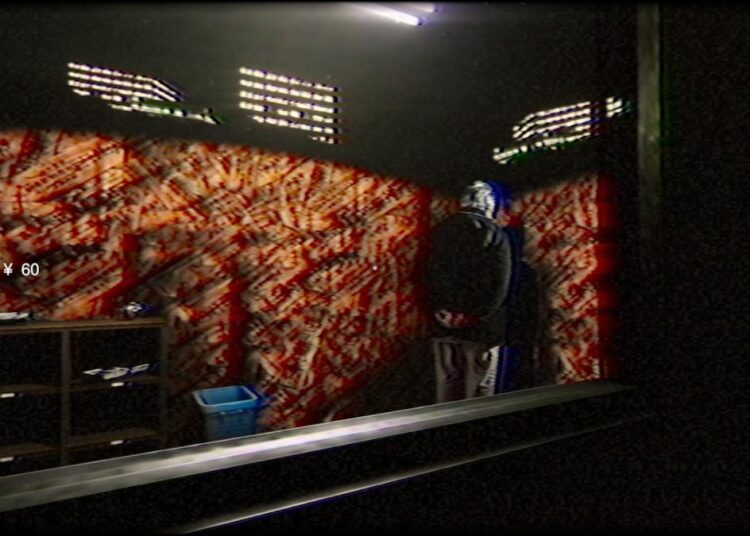
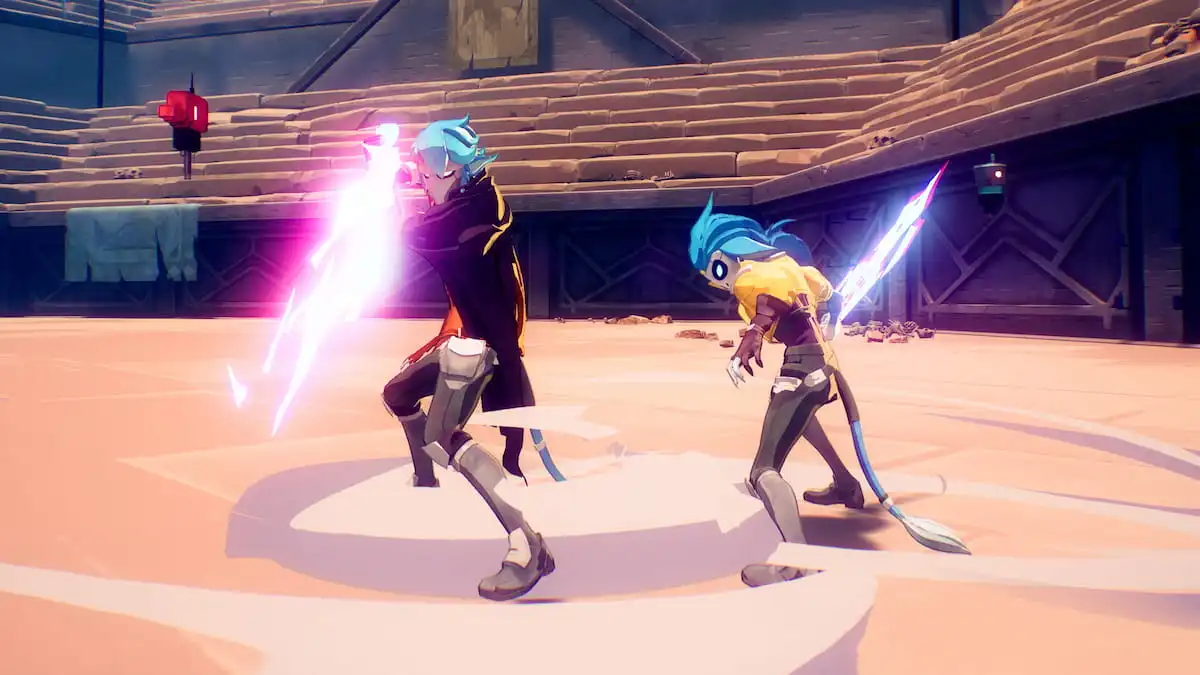
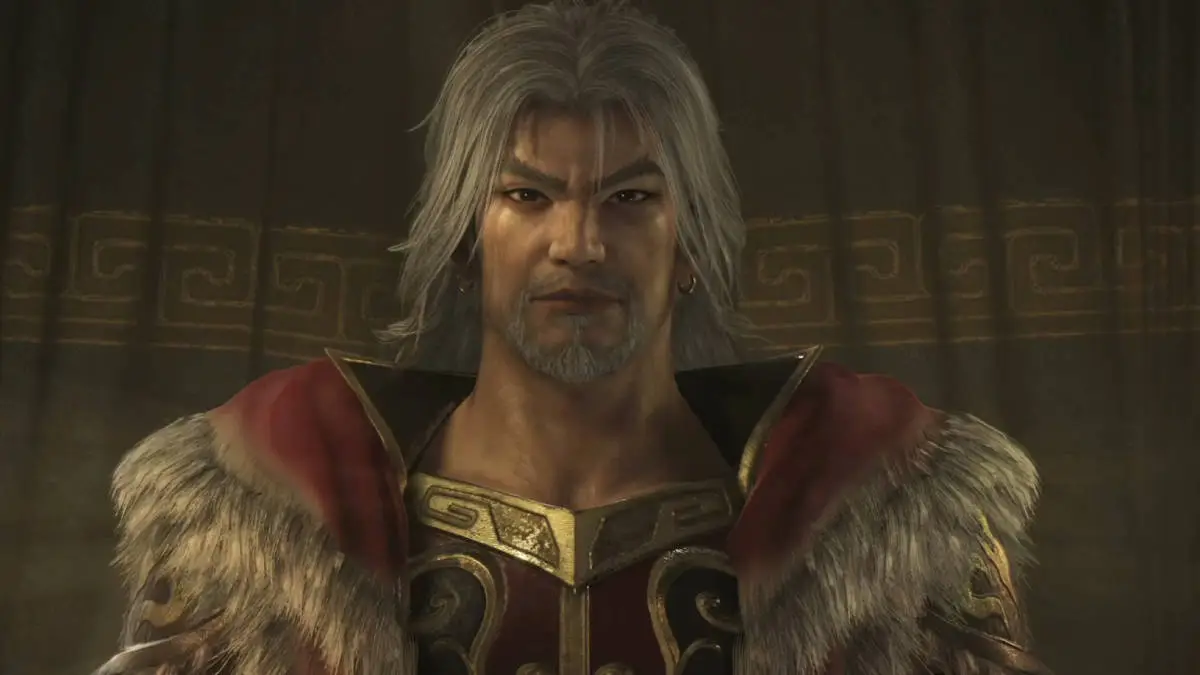
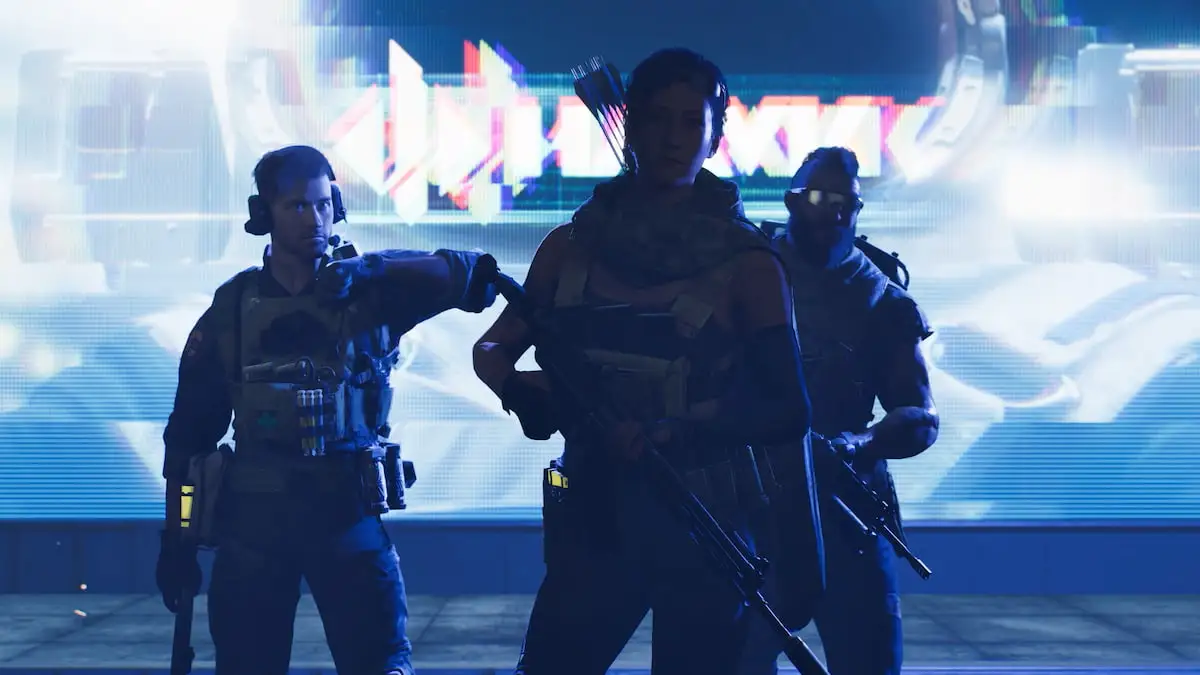
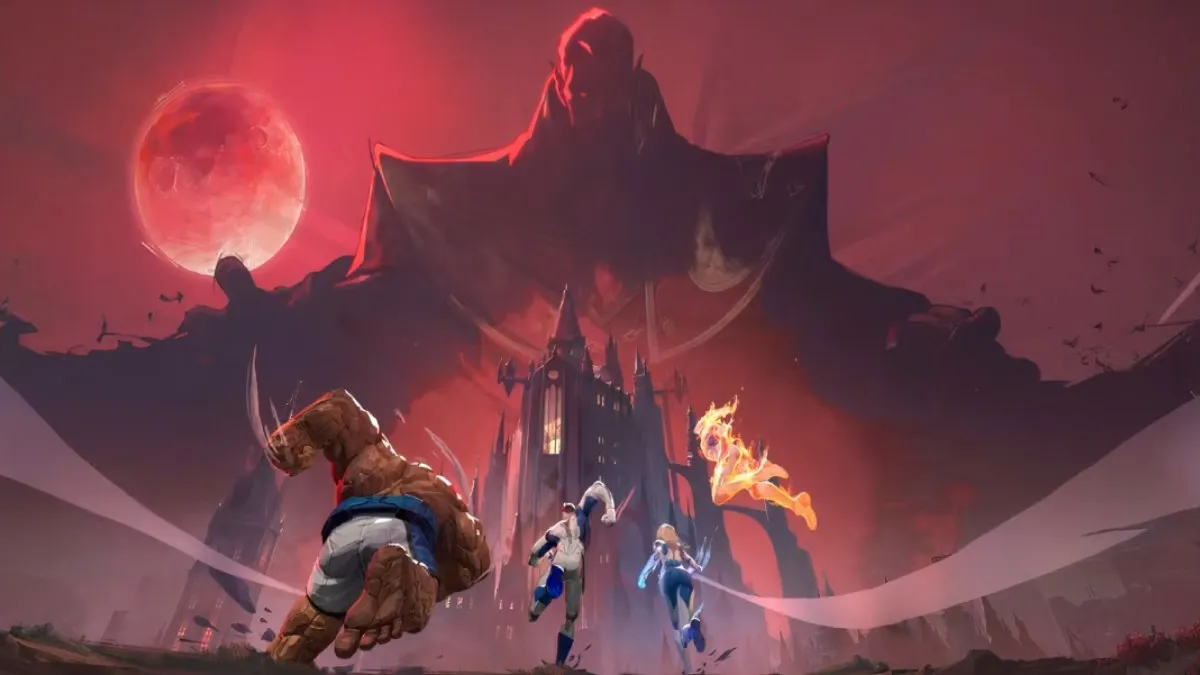
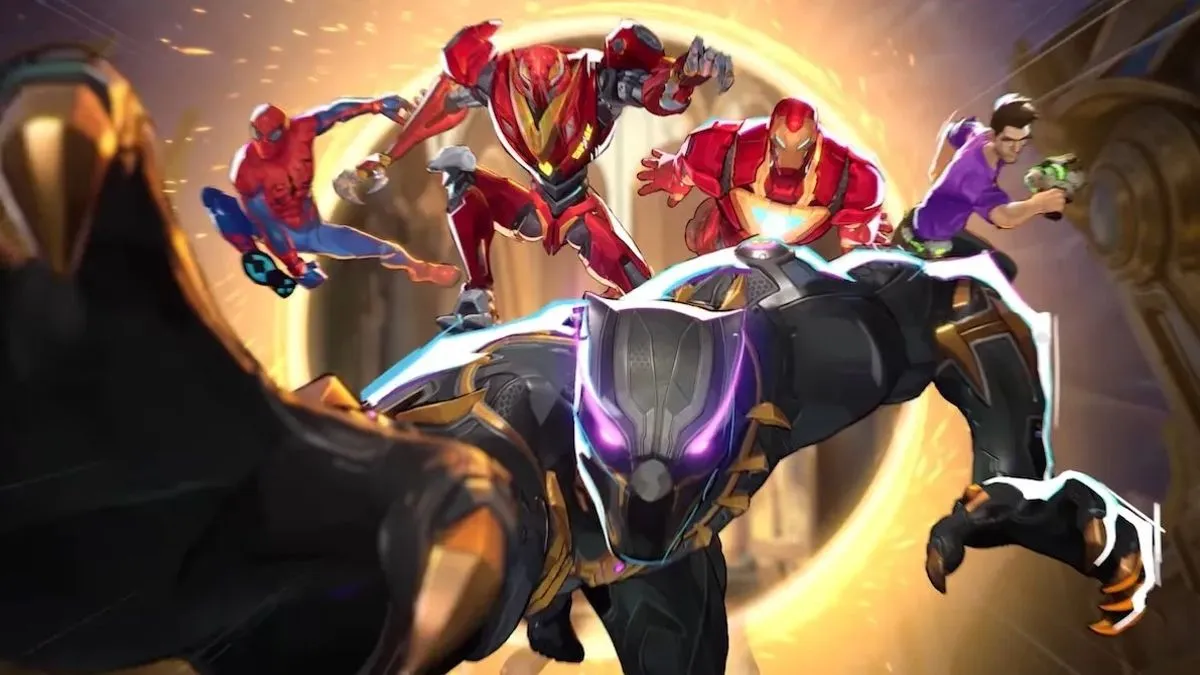
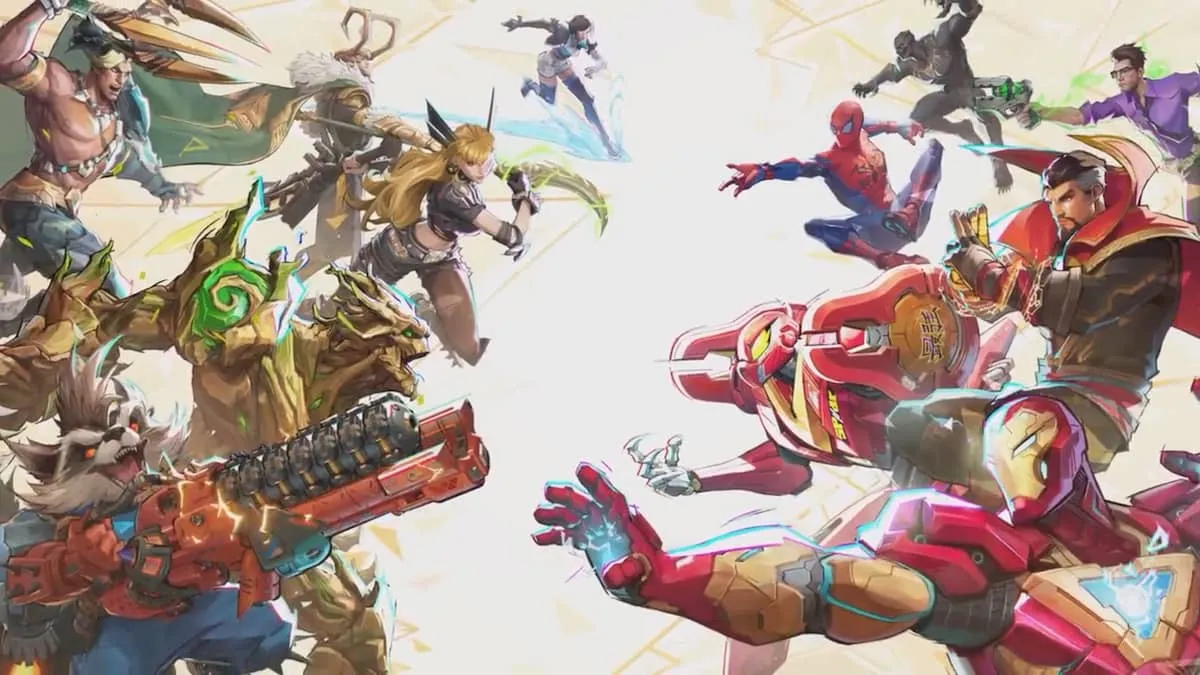








Discussion about this post